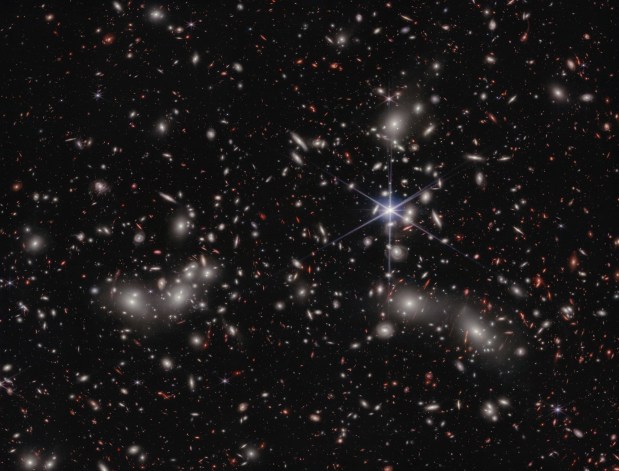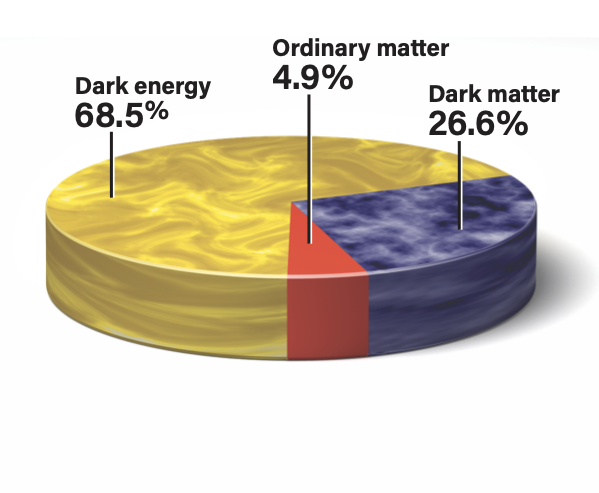“Space is big,” wrote Douglas Adams, and he wasn’t kidding. Familiar units of distance, like miles and kilometers, quickly become too unwieldy to use in cosmic discussions. After all, we don’t say the Empire State Building stretches 17,448 inches or describe a bacterium as measuring 0.000001 meter. Instead of ending up with similar “astronomical” figures, scientists use units like light-years, parsecs, and astronomical units to help make sense of it all.
Just to get to the Moon, on average, it’s 239,000 miles (384,400 kilometers) — and that’s practically our next-door neighbor. It’s a lot farther than people think! The Sun lies some 93 million miles (150 million km) away, an expanse so large, it forms the basis of our first new unit of distance, conveniently named an astronomical unit, or AU. Astronomers often use this unit to describe distances within solar systems, between planets or companion stars.
But even something as big as an astronomical unit isn’t enough for the hugeness of space. The nearest star to us, other than the Sun, is Proxima Centauri, likely part of the Alpha Centauri system. It’s about 267,000 AU away, so astronomers often turn to another unit of measurement: the light-year. This is the distance that light travels in a vacuum for one year: about 6 trillion miles (9 trillion km), or 63,000 AU. Thus, the distance to Proxima Centauri is also 4.22 light-years.
In this episode of Infinity & Beyond, join host Abigail Bollenbach as she puts cosmic distances into perspective.
Stay up-to-date on the latest space and astronomy news at https://astronomy.com/news. And make sure to follow us on Facebook (https://www.facebook.com/AstronomyMag…), Instagram (https://www.instagram.com/astronomy.m…), and Twitter (https://twitter.com/AstronomyMag).









